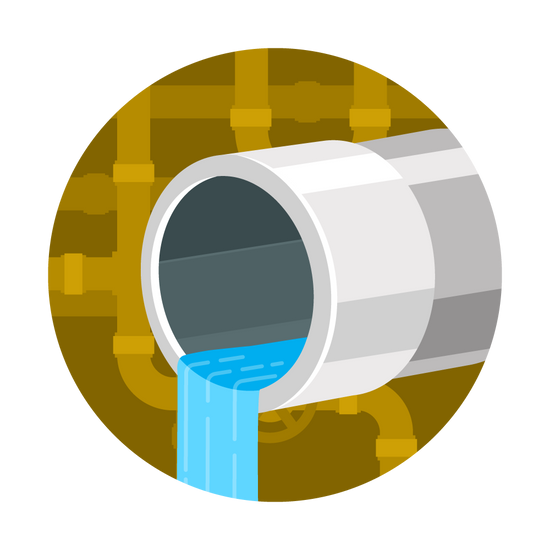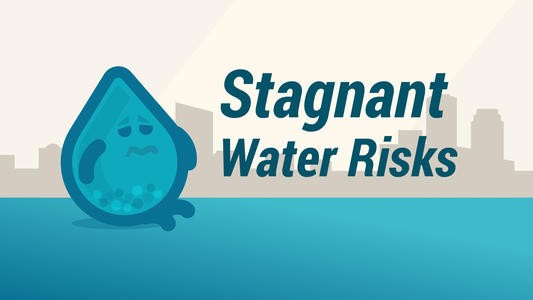
Featured Article
PFAS in Drinking Water: Everything You Need To Know
This comprehensive guide provides a deeper understanding of PFAS, including their history, prevalence, and health effects, as well as addressing "regrettable substitutions" like GenX. Gain valuable insights into how to...














